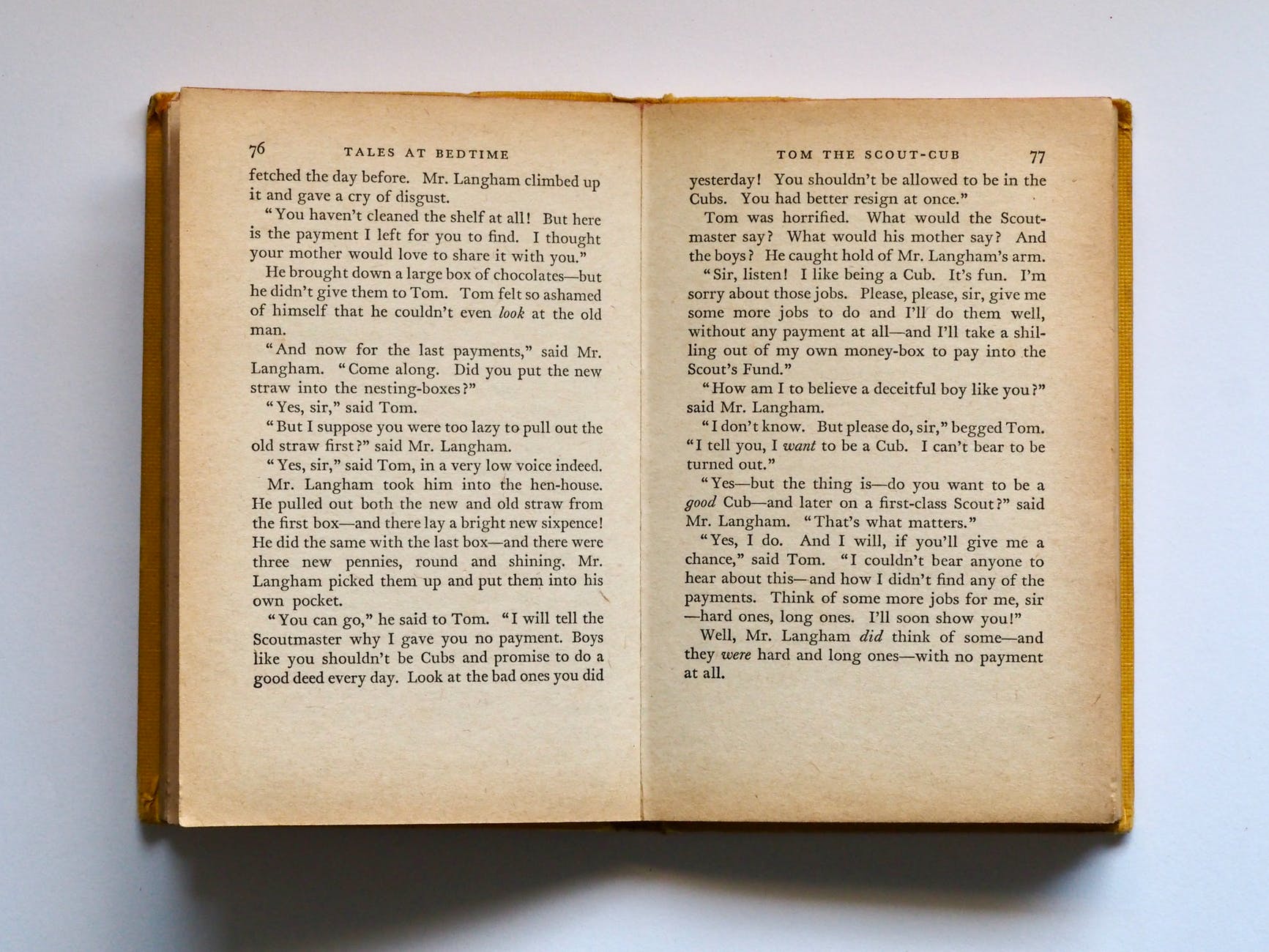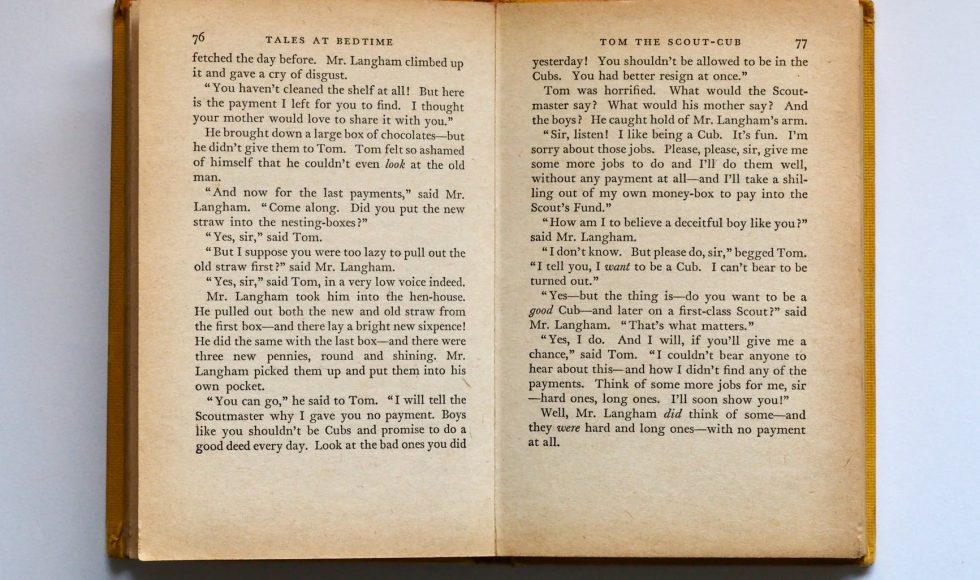I started watching sessions from a QM event earlier this year that I didn’t have a chance to attend live. “More than Citation: Understanding Copyright and Fair Use” was the title of the session by Stephanie Korlsund and Ashley Seibert. They are both instructional designers. They started with a couple of scenarios and had the audience decide whether each was copyright compliant or … not. The first was about a PDF that was downloaded and embedded in the Learning Management System (LMS) with a citation. The second was an image from Google or another online search that is part of art analysis. The third scenario was The Great Gatsby that went into the Public Domain. The text is linked via the LMS. The final scenario is a video from YouTube. The assignment links out to the YouTube video.
Their objectives were to learn the difference between citation and attribution and learn more about QM Standard 4.3.
The course models the academic integrity expected of learners by providing both source references and permissions for use of instructional materials.
Standards from the Quality Matters higher Education Rubric, Sixth Edition presented by Korlsund and Seibert, QM April 2022
Korlsund defined citation as the references we provide for the materials in a course. Examples they presented were journals, textbooks, images, videos, websites… They also spoke about SRS 4.3 attributions for when you post a scanned article, use a publisher slide deck… use a video from TED.com. Seibert defined copyright as “a form of protection grounded in the U.S. Constitution and granted by law for original works of authorship fixed in a tangible medium of expression. Copyright covers both published and unpublished works. “
They then explained the concepts on “a spectrum from the most to least open” using a table from Boyoung Chae. The table had three columns: public domain, open license, and all rights reserved copyright.
Factors that affect fair use include the purpose, nature of the copyrighted work, amount, and effect, as stated by the Copyright Office. Korlsund explained that a frequent misunderstanding and myth of fair use is that as long as you cite a resource, then the use is considered fair use. They also spoke about using tools to evaluate and help you understand. However, these tools do not offer legal advice. Creative Commons Licensing provides more transparency and freedom to use, with credit to the original creator. The most restrictive CC license is CC BY NC ND and still allows an instructor to share, for example within an LMS.
Seibert defined attribution as “the act of giving credit to a content owner for their intellectual property when that content has an open license” and cited Aesoph 2018. They suggested attribution on the same slide as the resource being used. I didn’t know that! An attribution should follow TASL:
- T – Title
- A – Author or creator
- S – Source
- L – License
I need to keep TASL in mind! To manage SRS 4.3, the presenters suggested the following steps:
- Identify the license.
- Determine usage rights.
- Only a court of law can determine fair use.
- Avoid hosting directly: link or embed
- If an item is an OER, determine the license.
- Attribution and citation.
- If copyrighted and claiming fair use, if there is an attribution statement available, use it.
- If Public Domain, attribution is not needed.
- If OER, attribution is required based on license.
They then went back and explained the scenarios. For the downloaded PDF with accompanying reference, it needs to link out instead of hosting a scanned PDF. For scenario two, an image from Google or another online search, they linked to the original image, creator, and licensing. For the source in the Public Domain, a citation is not required but is important. The TED video is copyright compliant with attribution: link to the original source and license. I still think attribution and citation are very complicated!



